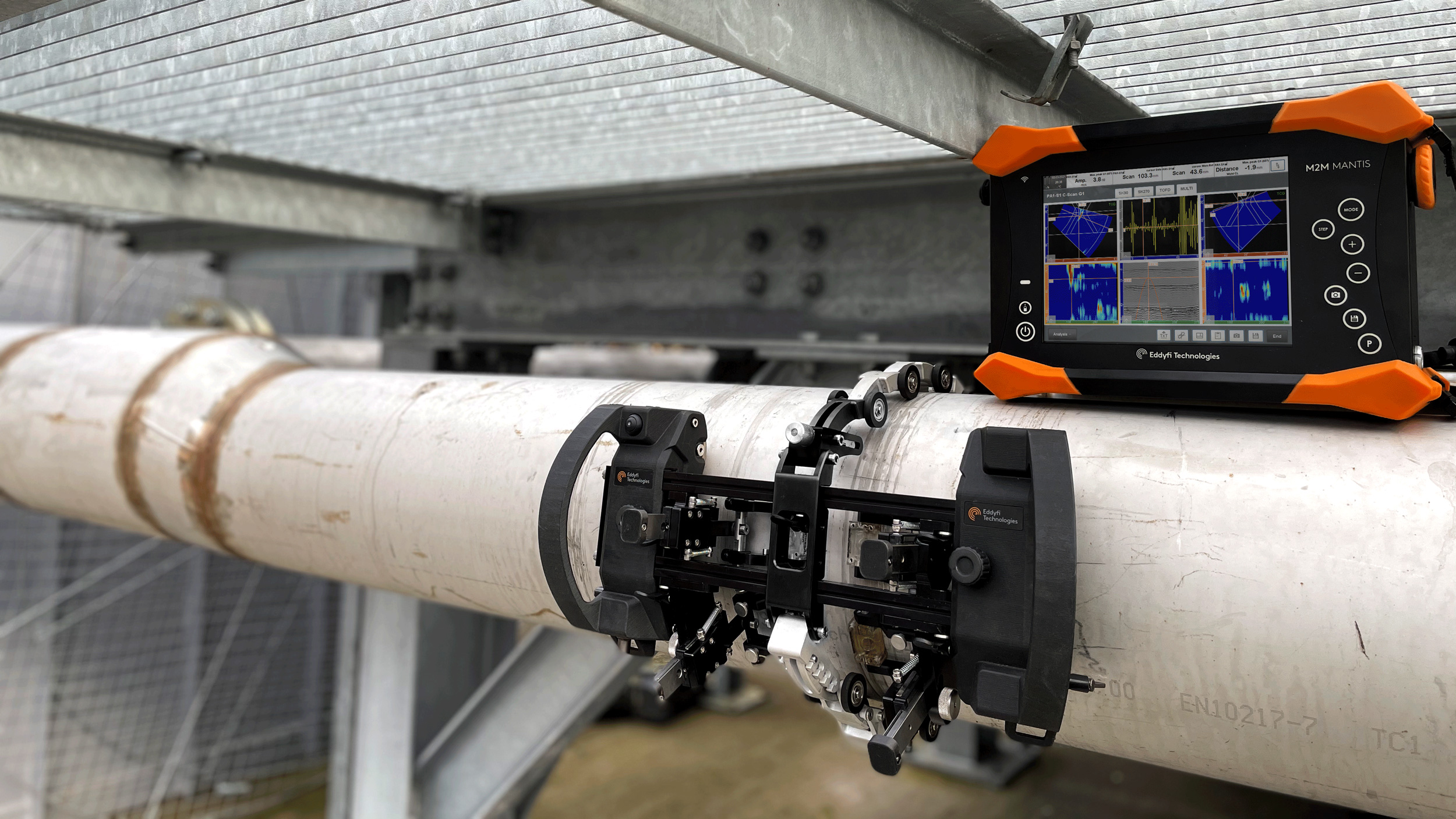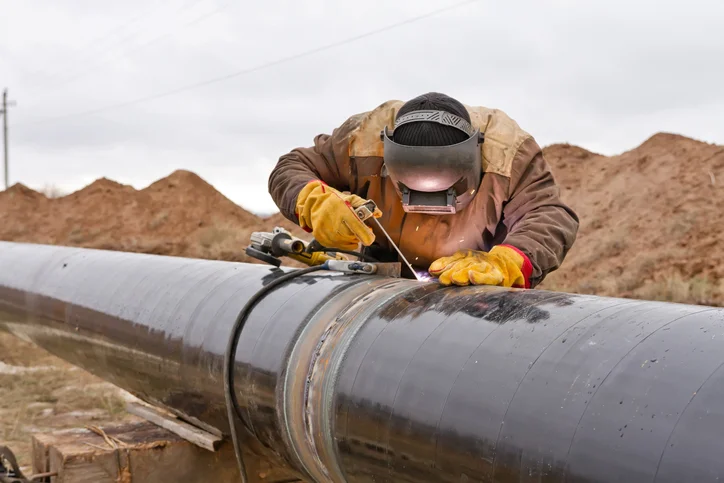Comprehensive Pipeline Welding Inspection: Protecting Framework Honesty
Comprehensive Pipeline Welding Inspection: Protecting Framework Honesty
Blog Article

Finest Practices for Pipeline Welding Examination: Techniques, Specifications, and Treatments to Accomplish High Quality Assurance and Compliance
Efficient pipeline welding inspection is important for making sure the stability and safety of important infrastructure. By utilizing a mix of techniques such as visual evaluation and progressed non-destructive testing approaches, together with adherence to established industry requirements like those from ASME and AWS, organizations can dramatically improve their quality control procedures. Nonetheless, the execution of these ideal methods poses different difficulties that warrant cautious consideration. Comprehending the intricacies associated with each phase of evaluation is vital to achieving conformity and reliability in pipe systems. What certain methods can be employed to navigate these difficulties successfully?
Importance of Welding Inspection
The integrity of bonded joints is extremely important in making sure the safety and security and dependability of pipeline systems. Correct welding methods and extensive assessment procedures are vital to avoid failures that can lead to disastrous occurrences, ecological damage, and death. Pipeline Welding Inspection. Welding inspection works as a safety net, determining issues such as cracks, porosity, and incomplete blend before they escalate into significant issues
In addition, pipe systems commonly operate under high stress and extreme problems, making the quality of welds also much more important. Regulative conformity is another significant aspect, as various criteria determine the high quality guarantee procedures that need to be abided by in pipeline building and maintenance. Failing to conform can result in lawful implications and economic losses.

The role of welding examination expands past simple confirmation of craftsmanship; it incorporates the assurance of long-lasting operational honesty. This includes a systematic technique that includes not only aesthetic inspections however likewise progressed non-destructive testing methods. Eventually, reliable welding evaluation is an investment in the longevity and security of pipe systems, guaranteeing they operate as meant while reducing threats connected with material shortages.
Key Evaluation Strategies

Visual inspection, usually the initial line of protection, permits the identification of surface area problems such as fractures, undercuts, and porosity. Ultrasonic testing utilizes high-frequency acoustic waves to identify interior flaws, supplying a thorough evaluation of weld honesty. This non-destructive technique is specifically efficient for identifying interruptions that might not show up externally.
Radiographic testing includes making use of X-rays or gamma rays to generate photos of the welded joint, exposing internal flaws. This strategy supplies detailed understandings however may need specific devices and security considerations. Lastly, magnetic bit testing works for identifying surface area and near-surface interruptions in ferromagnetic materials, utilizing electromagnetic fields and great iron fragments.
Sector Specifications and Laws
Conformity with sector criteria and regulations is essential for making certain the top quality and security of pipeline welding examinations. These requirements supply a framework for ideal methods in welding processes, products, and assessment strategies, permitting organizations to lessen flaws and boost the integrity of pipeline systems. Key bodies such as the American Culture of Mechanical Designers (ASME), the American Welding Culture (AWS), and the International Company for Standardization (ISO) state guidelines that are extensively identified and taken on within the industry.
In the United States, laws from the Pipeline and Hazardous Materials Safety Management (PHMSA) control the security of pipe operations, mandating extensive examination procedures. These requirements not investigate this site only serve to protect public safety and the setting however additionally make certain conformity with legal and lawful responsibilities. Adherence to the relevant codes, such as ASME B31.3 for procedure piping, is necessary for maintaining operational efficiency and regulatory conformity.
Furthermore, continual updates and alterations to these standards show technical improvements and evolving market techniques, stressing the requirement for companies to remain informed and train employees as necessary. Eventually, robust conformity with established standards promotes depend on and dependability in pipeline facilities, safeguarding both possessions and stakeholders.
Reliable Inspection Treatments
Reliable assessment treatments are crucial for recognizing prospective flaws in pipeline welds and making sure the overall integrity of the system. A systematic method to assessment incorporates a number of crucial phases, including pre-weld, in-process, and post-weld examinations. Each stage plays a vital function in keeping quality control.
During pre-weld inspection, it is vital to evaluate the materials and joint setups, guaranteeing compliance with task specifications. In-process assessments involve monitoring welding strategies and parameters, such as warm input and travel rate, to avoid flaws from taking place. This phase enables real-time adjustments to welding techniques.
Post-weld assessments include non-destructive screening (NDT) strategies like radiography, ultrasonic testing, and magnetic particle screening. These approaches aid discover inner and surface problems that might compromise the pipeline's functionality. Paperwork of all examination activities is extremely important, offering a deducible record that supports conformity with market standards.
Educating and certification of assessment personnel visit our website better enhance the effectiveness of these procedures. By sticking to a structured evaluation protocol, organizations can minimize dangers, guarantee compliance, and eventually deliver pipes that fulfill strict security and efficiency demands.
Typical Difficulties and Solutions
Pipe welding examination provides a number of usual obstacles that can influence the high quality and security of the final product. One substantial difficulty is the irregularity in welding techniques and products, which can bring about inconsistent weld top quality. To address this, it is crucial to establish standardized treatments and training for welders, ensuring an uniform technique across tasks.

Ecological variables, consisting of temperature level and moisture, can also affect the welding procedure, potentially causing fractures or insufficient fusion. Implementing controlled settings and adhering to pre-weld treatments can alleviate these threats.
Final Thought
In conclusion, click here for info the application of best practices for pipe welding evaluation is essential for making sure quality control and conformity with market criteria. A comprehensive strategy, incorporating various methods such as aesthetic, ultrasonic, and radiographic screening, helps with the identification of issues throughout all phases of the welding process. Pipeline Welding Inspection. Adherence to developed guidelines and effective examination treatments not just improves the dependability and security of pipe systems yet likewise reduces risks connected with welding problems, thus advertising overall operational integrity
Compliance with industry standards and policies is crucial for guaranteeing the top quality and safety of pipeline welding evaluations. These requirements give a framework for best techniques in welding processes, materials, and evaluation strategies, enabling companies to lessen problems and boost the honesty of pipeline systems.In the United States, guidelines from the Pipeline and Hazardous Materials Safety Administration (PHMSA) govern the safety of pipeline operations, mandating strenuous examination protocols. An organized approach to assessment includes numerous essential phases, consisting of pre-weld, in-process, and post-weld examinations.In final thought, the application of ideal practices for pipeline welding inspection is vital for ensuring quality assurance and conformity with sector criteria.
Report this page